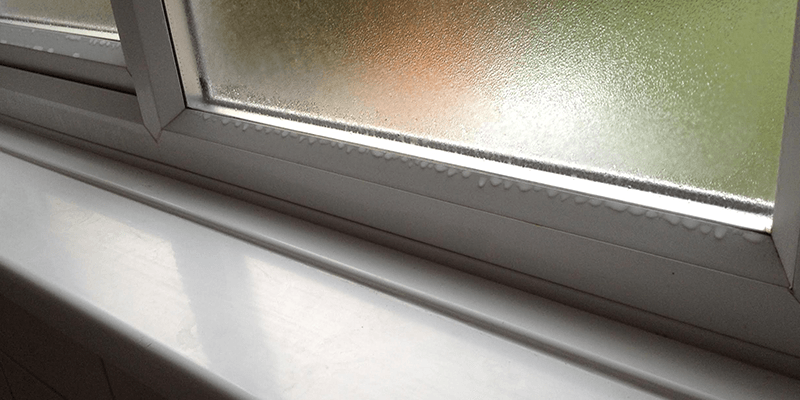How to get rid of black mould
Getting rid of black mould in your house is no easy task. However, ensuring it doesn’t come back is even tougher. The problem is cold unventilated internal environments which provide the perfect breeding ground for black mould, which is the result of any number of factors, and you need to find the root cause before you can completely eradicate it. Normally it is a partnership of problems leading to the issue.
What is black mould?
The first step to resolving a problem is understanding the issue. Black mould’s official title is ‘Stachybotrys Chartarum’, and it is a fungal growth that occurs within properties. As the name suggests, it is black in colour and has a strong, musty odour. It is commonly known as black spot mould.
This fungus can spread with alarming speed across the organic elements of a room such as plasterwork, wallpaper or paint if it isn’t dealt with in a timely fashion. It flourishes in moist conditions, which makes the bathroom and the kitchen prime breeding ground.

Why black mould occurs
The simple answer is when an area of your house is consistently subject to high humidity caused by excessive moisture and poor ventilation, it provides an ideal breeding ground for mould. Cold spaces will accelerate the issue.
By their nature, rooms such as the bathroom and kitchen create just such an environment for black mould. The day-to-day functions of each room, daily showers or baths and cooking, means the air is regularly filled with moisture.
If this high moisture content of the air is combined with a poorly ventilated and heated space, then the moisture will find its way onto the cooler surfaces in the building as condensation on the windows, walls, etc, and the black mould will thrive.
How to get rid of black mould
As we mentioned removing black mould before identifying the route of the problem isn’t the best long-term solution. You can go at it with a brush or give it a dry wipe down, but you’re unlikely to be successful if you don’t solve the problem at the source.
So ask yourself, why are we getting excess moisture in the air, and why can’t it escape? Prevention will always be better than cure, but once black mould has established itself, it is important it is tackled quickly.
There are a number of off-the-shelf solutions to removing black mould you can try yourself once you have identified the source of the issue.
Anti-bacterial spray
These tend to be less effective for the more established mould patches, but they are not bleach based and so won’t affect your paintwork. Generally, they will come with a more pleasant fragrance.
This approach is perfect for regular cleaning that will help stop any build-up of mould, despite the moisture in the air.
Mould eradication kits
There are a number of mould eradication kits on the market, and we sell a number through our team at South East Timber and Damp.
They sterilise the area first before providing a fungicidal barrier upon which you can then re-decorate. As with all these kits, however, it is best to check the instructions for the best method of application.
Solving your black mould problem
As we mentioned at the start, working out how to eliminate the black mould is a fairly simple equation. Find the source of moisture and explore ways to improve ventilation, and you will solve your problem.
Once you have cut it off at the source, you can then set about cleaning up the mess and redecorating. Don’t leave it too long; tackle the problem before it gets overwhelming.
We offer a full range of combats and educational products to help in the battle against condensation.
